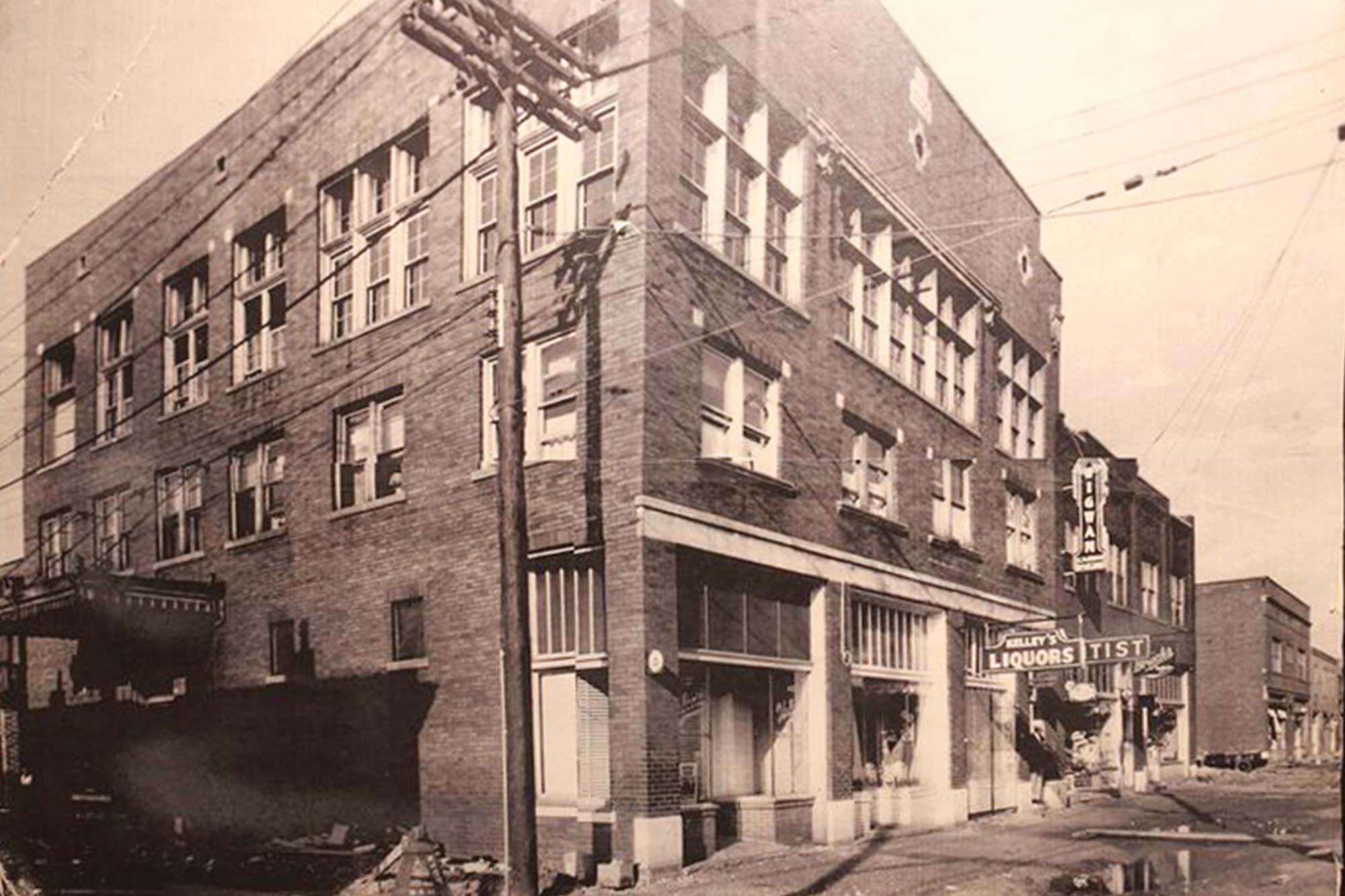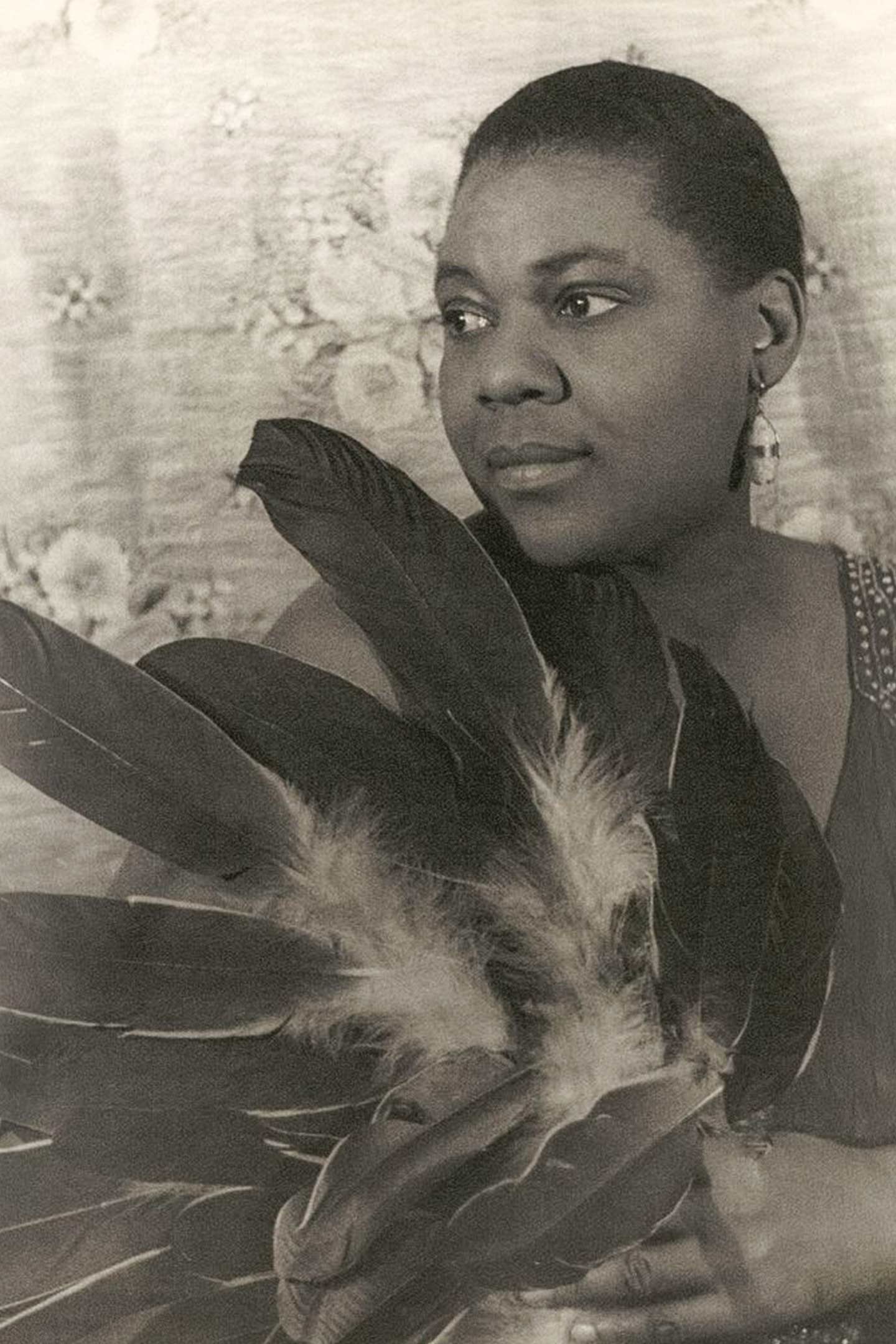
4 minute read
Ask Hamilton: The Big Nine
The History of Ninth Street
Dear Hamilton,
I heard that Ninth Street used to be a hot spot for jazz music back in the day, but when I looked it up on the map I couldn’t seem to find it. Do you happen to know anything about Ninth Street, its musical history, and where I can go to visit it today?Sincerely,
Jazzed About History

Dear Jazzed About History,
Ninth Street still exists, just under a different name! These days, Chatta-nooga residents know it as MLK Boulevard, renamed after Martin Luther King Jr. in 1981. As you’ve heard, in its heyday, Ninth Street was the place to be when it came to live blues, jazz, and soul music in the South. Ninth Street has been compared to the likes of Memphis’s Beale Street and New Orleans’ Bourbon Street and was once nationally known for its music scene.
Known as “The Big Nine,” Ninth Street thrived as a musical mecca from the late 1800s to the mid-1900s and was the heart of the local Black business community. Barbershops, churches, homes, and lively nightclubs, such as the Nightcap, Brown Derby, and the Whole Note, lined the street. Here, the area’s most talented musicians would play to packed crowds.

One of the best-known musical artists to emerge from Ninth Street was Bessie Smith, an iconic blues singer during the 1920s and ‘30s. Born in 1894 in a neighborhood on Ninth Street, Smith got her start singing on street corners as a girl and left town at 18 years old to pursue a singing career. Her talent would skyrocket her to fame and earn her the nickname “Empress of the Blues.”
Plenty of other musicians join Bessie Smith as part of the musical legacy of Ninth Street. They include Clyde Stubblefield, a legendary drummer who played with James Brown; Valaida Snow, a jazz musician touted as one of the top trumpet players of her time; Jimmy Blanton, bassist and member of Duke Ellington’s band; Cora “Lovie” Austin, one of the first Black female bandleaders; and Sam Gooden, Richard and Arthur Brooks, and Fred Cash of The Impressions.

This acclaim caught the attention of musical celebrities, who would head to The Big Nine to play alongside local talent in its nightclubs. Visitors included Louis Armstrong, Ella Fitzgerald, Duke Ellington, Cab Calloway, James Brown, Jimi Hendrix, and many more. Hosting many of these celebrities was The Martin Hotel. Built in 1924, The Martin Hotel debuted as the largest African-American hotel in the South and hosted household names until it closed in 1985.
Ninth Street was added to the National Register of Historic Places in 1994, and today, remains bustling with activity at local restaurants and businesses. Keeping the street’s rich history alive are area museums. The Bessie Smith Cultural Center is located on MLK Boulevard where The Martin Hotel once stood and is home to photos and videos of historic Ninth Street as well as reproductions of its businesses. For more insight on its musical history, Songbirds Guitar & Pop Culture Museum houses an exhibit on The Big Nine and its most famous musicians.
Next time you pay MLK Boulevard a visit, keep an eye out for murals and historical markers commemorating the street’s storied past, and give a listen to the musicians that got their start right here in our scenic – and musical – city.
Hope this helps!
Hamilton BushResident History HoundChattanooga, TN
Want more stories like this? Sign up here to receive the CityScope® email newsletter.








